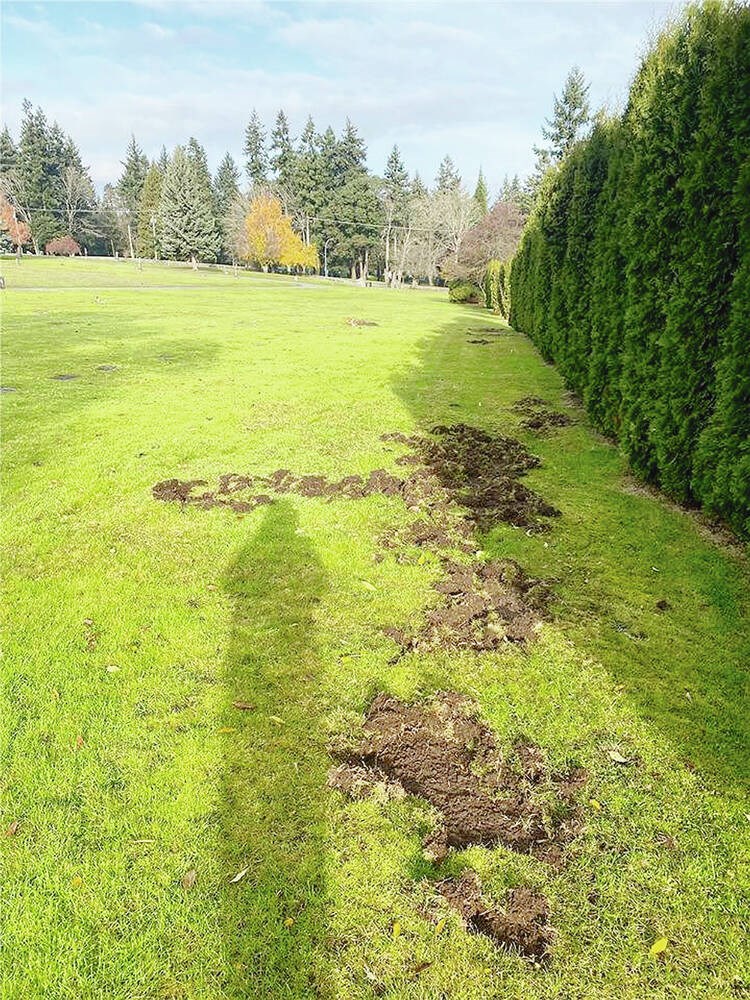The City of Nanaimo says it’s dealing with an invasive beetle that is damaging grassy areas of the city.
A cemetery on Bowen Road and gardens at city hall have been hit hardest by the European Chafer beetle, said Charlotte Davis, Nanaimo’s manager of parks operations.
The beetle lays eggs in the ground, which are then dug up by raccoons, birds and other animals to feed on them.
The invasive beetle is an annual problem, but Davis said this fall has been the most challenging she has seen in her four years at the city.
Staff are following provincial guidelines to reduce the beetle’s impact, including removing and repairing damaged grass and applying nematodes, a type of worm, to soil when necessary.
Sports fields have not been hard hit, Davis said, but residential and commercial grounds are affected.
The city has $20,000 budgeted annually for turf renovation at the cemetary, and Davis said she plans to divert most, if not all, of those funds to managing damage from the invasive beetle. She is not expecting additional costs to the city.
The European Chafer was first discovered in B.C. in 2001 in New Westminster lawns and boulevards and has since been found in Nanaimo, Vancouver, Burnaby, Coquitlam, Richmond, Delta, Surrey Abbotsford, Mission and Revelstoke.
The pest has only been found in urban areas and is not yet known to be in agricultural lands, according to a fact sheet from B.C.’s Ministry of Agriculture and Food.
The grubs feed on grass and might also feed on corn, potatoes, blueberries, strawberries and other crops if food is scarce. Considerable damage can happen during fall and winter by animals digging up the grubs to eat them.



